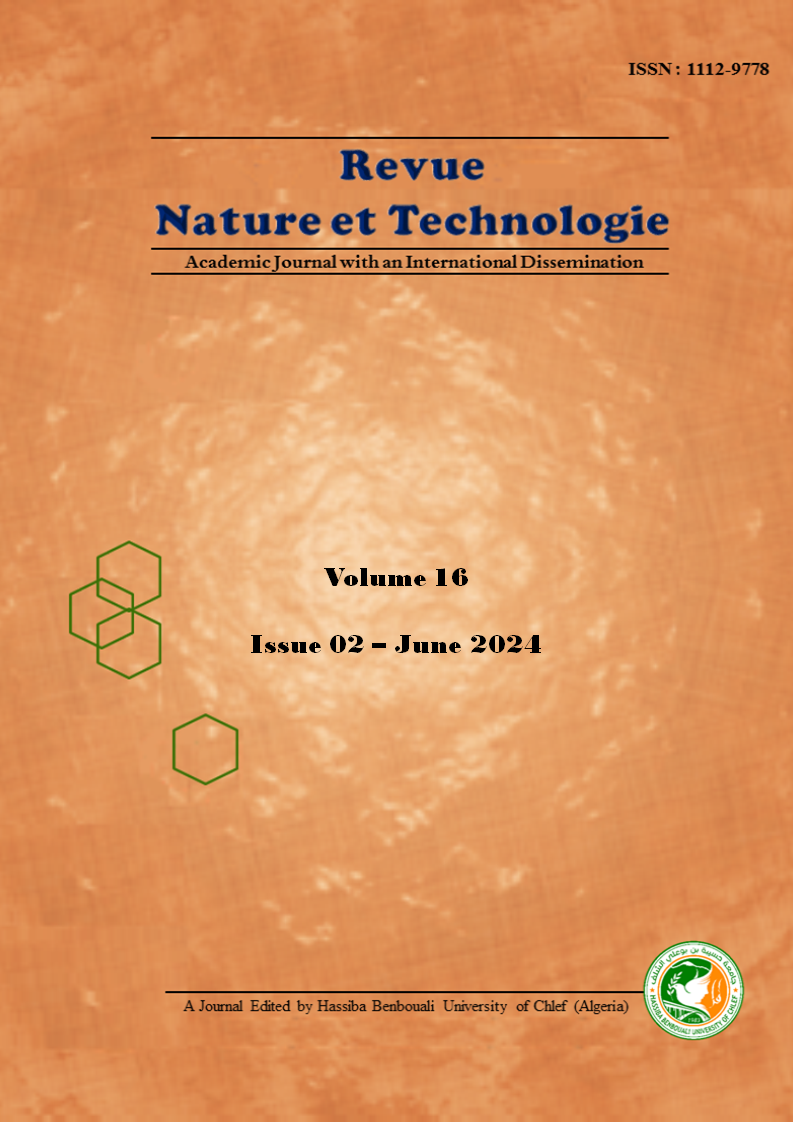Lead and Aluminum Toxicity Induce Loss and Death of Hepatorenal Cells in Mice
Abstract
Lead and aluminum are natural components of the Earth's crust and are environmental contaminants. This study was undertaken to evaluate histological alterations induced by a chronic intoxication by aluminum chloride and lead acetate. After 12 weeks in vivo study, an increase in the activity of markers of liver function (AST and ALT) was found in blood of treated groups by these metals. Hypocalcaemia has been reported in mice poisoned by lead and hypocalcemia in aluminum-intoxicated group, implying that both metals impair calcium homeostasis. Histological study at the liver level showed hepatocyte lesions with presence of dilated sinusoids, ballooning, inflammatory infiltrates, nuclear pyknosis, Kupffer cells, vascular congestions and increased number of binucleated hepatocytes. The kidneys have dilated renal tubules, inflammatory infiltrates and congestions. The biochemical parameters confirmed the histological changes observed in the liver and kidneys. Lead and aluminum severely affect the liver and kidneys.

Downloads
Published
How to Cite
Issue
Section
License
Copyright (c) 2024 Revue Nature et Technologie

This work is licensed under a Creative Commons Attribution 4.0 International License.
- All publications of "Nature & Technology Journal" are available under CC-BY Creative Commons Attribution 4.0 International which allows sharing, copying, reproduction, distribution, communication, reuse, adaptation by all means, in all formats and under all licenses.
- Any exploitation of the work or derivative works, including for commercial purposes, is possible. The only obligation is to credit the creators of the authorship of the original works, to indicate the sources and to indicate if modifications were made to the works (obligation of attribution).
This License gives:
- Nature & Technology Journal the right to develop, promote, distribute and archive the article set cited above (including, without limitation, the right to publish the work in whole or in part in any form whatsoever) and ensure the widest dissemination.
- The author (s) reserves the right to use all or part of this article, including tables and figures of his own works, providing that the appropriate recognition is given to the publisher as the holder of the copyrights, and the right to make copies of this article for its own use, but not for sale.




